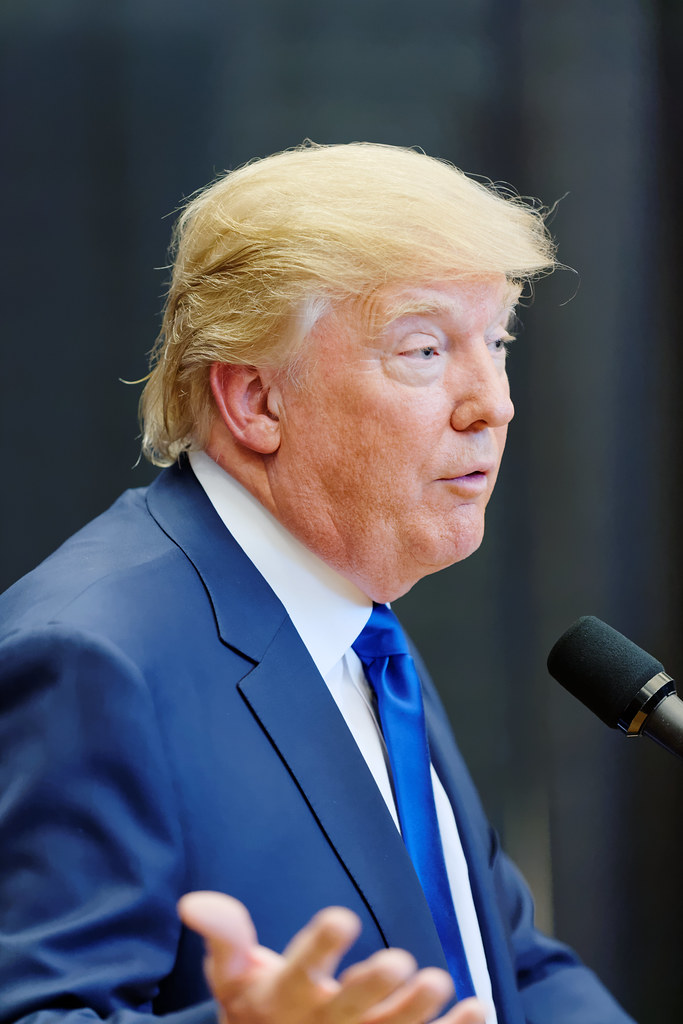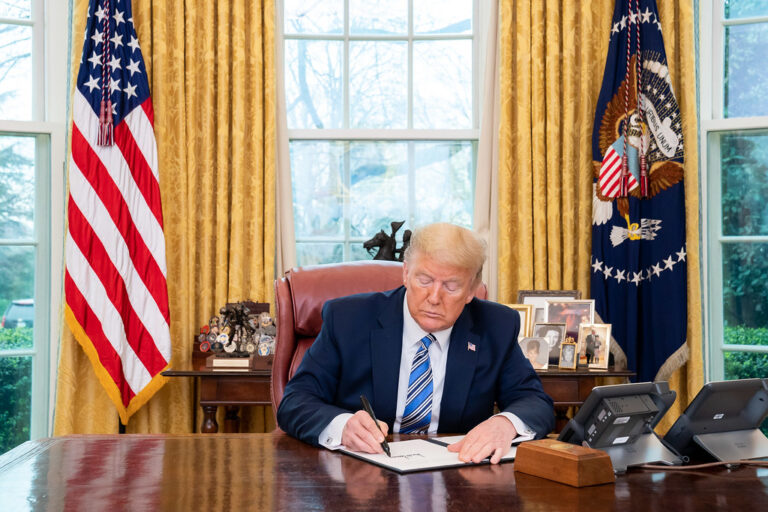Key Takeaways:
- Senior military lawyers are being removed and replaced with loyalists.
- Press access at the Pentagon is now tightly controlled.
- Aggressive actions overseas raise questions about legal oversight.
- These moves weaken checks on presidential power.
- Without brakes, a Trump-led coup could gain strength.
What Is a Trump-Led Coup?
A Trump-led coup means using the military to break or bypass the Constitution. In this case, key safeguards are eroding inside the Pentagon. Some fear a Trump-led coup is already taking shape. First, military lawyers who advise on lawful orders are being sidelined. Next, reporters face Kremlin-style restrictions at the base. Without these brakes, a Trump-led coup could become reality.
Signs of a Trump-Led Coup at the Pentagon
Several recent moves point to a troubling pattern. These actions hint at a looming Trump-led coup:
Loyalty Over Law
Defense leadership has ousted top lawyers for all branches. No crimes or ethics violations were filed. Instead, the message was clear: loyalty trumps legal advice. Judge Advocate Generals normally guide commanders on war rules and presidential limits. By firing them, Pentagon leaders remove the internal “no” voice. Moreover, new recruits in legal roles now train under looser rules. That change encourages rubber-stamping orders without tough questions.
Muzzling the Press
At the same time, the Pentagon tightened its press rules. Reporters must pledge not to gather “unauthorized” material, even if it’s unclassified. They also need escorts to move around, and they risk losing credentials if they stray. Dozens of news outlets refused to sign. Only one far-right network agreed. The goal seems to be stopping leaks and hiding controversial orders. When the press is muzzled, the public cannot learn if unlawful plans unfold.
Aggressive Actions Abroad
Meanwhile, U.S. forces struck vessels off Venezuela without clear legal cover. That strike reportedly killed six people. Congress did not approve it, and the legal basis is murky. With no in-house lawyers to question it and no free media to report on it, such actions face little pushback. This low threshold for force sets a dangerous precedent. If commanders feel they must obey or resign, they will obey.
Risk at Home: Gearing Up for a Coup
The threat is not just overseas. The president has floated using U.S. cities as training grounds for troops. He also vowed to oust any general who lacks total loyalty. A wannabe dictator cannot deploy troops in America if JAG officers still say, “That’s illegal,” or the press reports their moves. First, you remove legal advisers. Then, you muzzle the press. Finally, you normalize unchecked power. This step-by-step process builds the framework for a coup.
Why This Matters
America’s legal and media guardrails stop unlawful wars and protect citizens. We rely on JAG officers to block orders that break the law. We depend on reporters to shine light on hidden actions. When those barriers crumble, the path to authoritarian rule opens wide. A Trump-led coup does not erupt instantly. Instead, it grows through quiet personnel changes and secrecy. By the time the public feels alarm, it may be too late.
What Comes Next?
Will Congress hold hearings? Will senior officers speak out? Will citizens demand transparency? The answer matters now more than ever. Saturday’s “No Kings Day” rally reminded people that America belongs to its voters, not to one ruler. We must act before the tanks roll, not after.
FAQs
How serious is the risk of a Trump-led coup?
The risk grows as legal advisers are pushed out and the press is silenced. Without these checks, the military could follow unconstitutional orders more easily.
Why are military lawyers so important?
They serve as a brake on unlawful orders. They explain the Geneva Conventions, rules of engagement, and presidential limits. Their advice keeps commanders within the law.
Can Congress stop these changes?
Yes. Lawmakers can hold hearings, pass new rules, and cut funding for unauthorized reforms. Strong oversight can restore legal and media safeguards.
What can citizens do to protect democracy?
They can demand transparency from elected officials, support a free press, and contact members of Congress. Civic engagement reminds leaders that power comes from the people.









